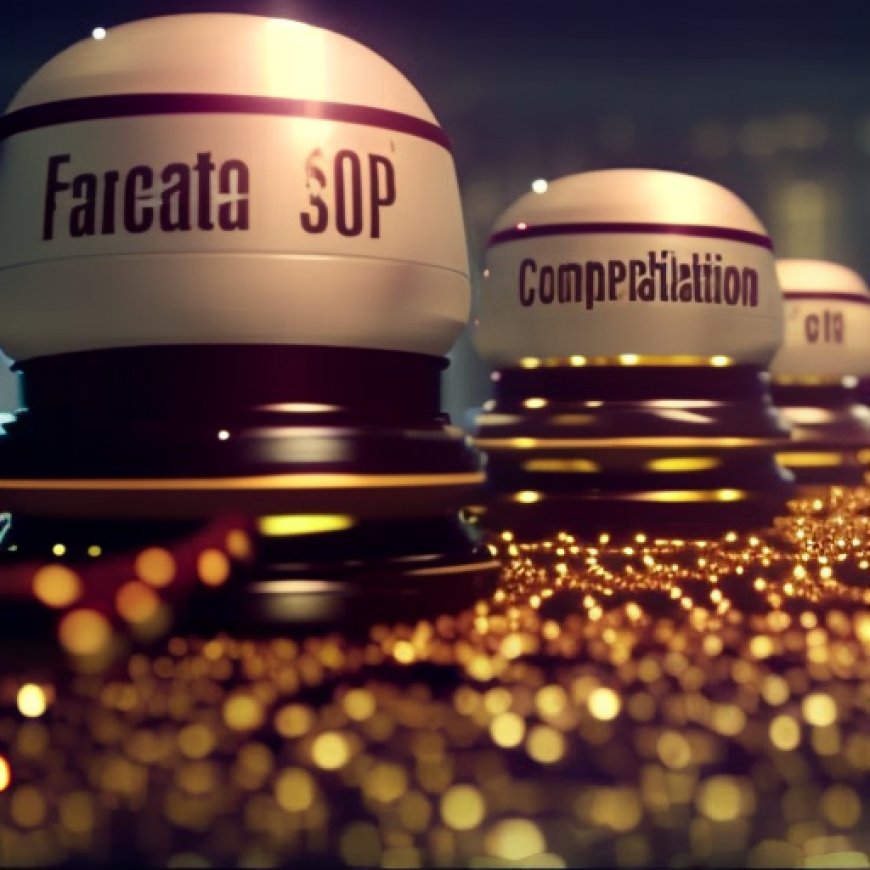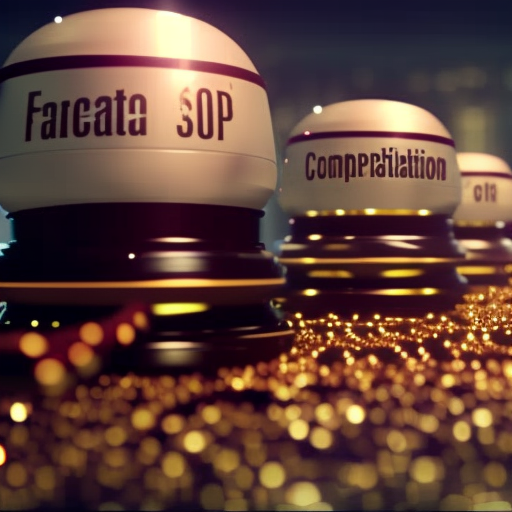Competition Offers $119M to Advance Desalination Technologies
Competition Offers $119M to Advance Desalination Technologies Engineering News-Record


The XPRIZE Foundation Launches Global Competition to Address Water Scarcity

The XPRIZE Foundation, a California nonprofit that designs and hosts public competitions intended to encourage technology development, has announced the launch of a five-year global competition that will provide a total of $119 million in funding for new approaches to address water scarcity through sustainable seawater desalination.
The Challenge of Desalination Technology
While desalination technology has existed for more than 100 years, the market has stalled in terms of innovations that reduce its cost, says Lauren Greenlee, executive vice president of the Food + Water + Waste domain at XPRIZE. Only 1% of the world’s clean water is produced by desalination, and “of the thousands of plants in existence, 70% are in wealthy countries,” she says.
The Competition and Goals
Over the next five years, approximately 50 selected teams will be narrowed down to two finalists that can most efficiently produce 1 million liters of potable water per day over the course of a year. One finalist will be awarded about $40 million to scale up its desalination technology, and the other will receive $8 million to develop novel membrane materials. Runners-up will also receive funding.
“With global water demand projected to outstrip supply by 40% by 2030, the timeliness of this competition could not be more crucial,” Greenlee says. However, she also acknowledges the negative environmental impacts associated with desalination plants, including powerful intakes that harm marine life, highly saline brine directly released into the environment, and the need for major power use.
Greenlee emphasizes that XPRIZE aims to motivate and support teams, ranging from groups of students to well-established firms, to design and scale up new technologies that are not just cost-effective, but also meet specific environmental needs in the U.S. and other global areas.
Criteria and Judging
In addition to meeting freshwater production criteria, judges will favor submissions that reduce impact on marine environments, eliminate harmful chemicals, promote material longevity, and optimize energy intensity and sourcing, according to XPRIZE officials.
The Future of Desalination
Greenlee predicts that it would likely take five years or more for a full-scale desalination project, based on a winning competition technology, to be in operation. “To see a team, or even multiple teams, head in that direction would be tremendous,” she adds.
XPRIZE has successfully incubated innovative designs for a range of challenges related to climate, biodiversity, health, and more. In 2020, co-finalist Carbon Upcycling created a technology to sequester carbon dioxide in concrete. A decade earlier, a winning firm called Elastic patented an oil spill cleanup technology that recovered oil at a rate three times higher than the industry’s previous best.
Such successes leave Greenlee hopeful about the impact of the XPRIZE water scarcity contest. “I think about [how] … we’re only getting 1% globally of our clean water from desalination and I would hope that 10-plus years after the prize, that number is more toward the double digits.”
SDGs, Targets, and Indicators
| SDGs | Targets | Indicators |
|---|---|---|
| SDG 6: Clean Water and Sanitation | 6.4: By 2030, substantially increase water-use efficiency across all sectors and ensure sustainable withdrawals and supply of freshwater to address water scarcity | – Efficiency of water use in desalination plants – Reduction in water scarcity through desalination technology |
| SDG 14: Life Below Water | 14.1: By 2025, prevent and significantly reduce marine pollution of all kinds, in particular from land-based activities, including marine debris and nutrient pollution | – Reduction in negative environmental impacts on marine life caused by desalination plants – Elimination of harmful chemicals released into the environment |
| SDG 7: Affordable and Clean Energy | 7.2: By 2030, increase substantially the share of renewable energy in the global energy mix | – Optimization of energy intensity and sourcing in desalination plants |
1. Which SDGs are addressed or connected to the issues highlighted in the article?
The SDGs addressed or connected to the issues highlighted in the article are SDG 6: Clean Water and Sanitation, SDG 14: Life Below Water, and SDG 7: Affordable and Clean Energy.
2. What specific targets under those SDGs can be identified based on the article’s content?
Based on the article’s content, the specific targets under the identified SDGs are:
– SDG 6.4: By 2030, substantially increase water-use efficiency across all sectors and ensure sustainable withdrawals and supply of freshwater to address water scarcity.
– SDG 14.1: By 2025, prevent and significantly reduce marine pollution of all kinds, in particular from land-based activities, including marine debris and nutrient pollution.
– SDG 7.2: By 2030, increase substantially the share of renewable energy in the global energy mix.
3. Are there any indicators mentioned or implied in the article that can be used to measure progress towards the identified targets?
Yes, there are indicators mentioned or implied in the article that can be used to measure progress towards the identified targets. These indicators include:
– Efficiency of water use in desalination plants: This indicator can measure progress towards SDG 6.4 by assessing the effectiveness of desalination technology in producing clean water efficiently.
– Reduction in water scarcity through desalination technology: This indicator can also measure progress towards SDG 6.4 by evaluating the extent to which desalination technology helps address water scarcity.
– Reduction in negative environmental impacts on marine life caused by desalination plants: This indicator can measure progress towards SDG 14.1 by assessing the effectiveness of desalination plants in minimizing harm to marine environments.
– Elimination of harmful chemicals released into the environment: This indicator can also measure progress towards SDG 14.1 by evaluating the extent to which desalination technology eliminates harmful chemicals that can pollute marine ecosystems.
– Optimization of energy intensity and sourcing in desalination plants: This indicator can measure progress towards SDG 7.2 by assessing the extent to which desalination plants optimize energy usage and incorporate renewable energy sources.
4. SDGs, Targets, and Indicators
| SDGs | Targets | Indicators |
|---|---|---|
| SDG 6: Clean Water and Sanitation | 6.4: By 2030, substantially increase water-use efficiency across all sectors and ensure sustainable withdrawals and supply of freshwater to address water scarcity | – Efficiency of water use in desalination plants – Reduction in water scarcity through desalination technology |
| SDG 14: Life Below Water | 14.1: By 2025, prevent and significantly reduce marine pollution of all kinds, in particular from land-based activities, including marine debris and nutrient pollution | – Reduction in negative environmental impacts on marine life caused by desalination plants – Elimination of harmful chemicals released into the environment |
| SDG 7: Affordable and Clean Energy | 7.2: By 2030, increase substantially the share of renewable energy in the global energy mix | – Optimization of energy intensity and sourcing in desalination plants |
Behold! This splendid article springs forth from the wellspring of knowledge, shaped by a wondrous proprietary AI technology that delved into a vast ocean of data, illuminating the path towards the Sustainable Development Goals. Remember that all rights are reserved by SDG Investors LLC, empowering us to champion progress together.
Source: enr.com

Join us, as fellow seekers of change, on a transformative journey at https://sdgtalks.ai/welcome, where you can become a member and actively contribute to shaping a brighter future.







